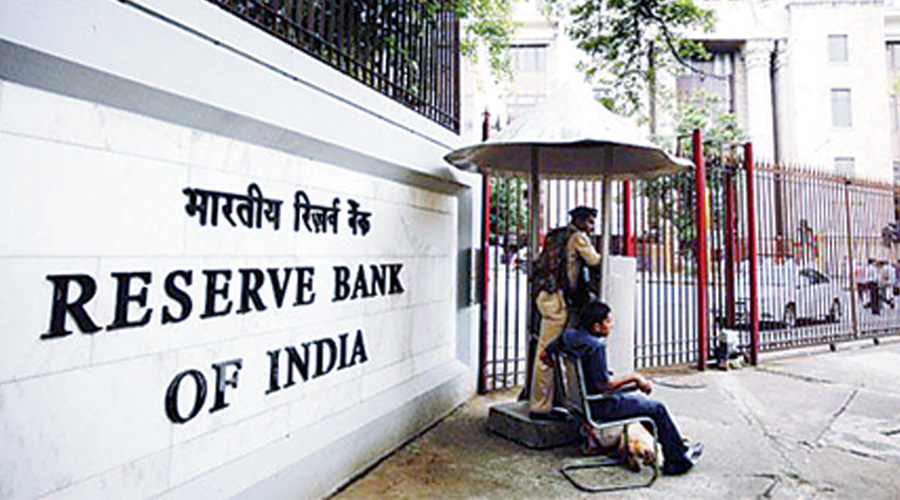The Reserve Bank of India (RBI) on Monday rushed to cool down bond yields by announcing a Rs 20,000-crore open market operation (OMO) to buy government securities.
Yields had climbed above 6 per cent after finance minister Nirmala Sitharaman announced a higher than expected government borrowing programme of Rs 12 lakh crore even as the central bank failed to release the borrowing calender of the government in its monetary policy last week.
At an auction on Friday, the central bank could sell only Rs 9,000 crore of bonds against Rs 31,000 crore on offer with the primary dealers or underwriters forced to pick up Rs 8,810 crore. The markets were demanding higher yields, which did not find favour with the RBI.
It did lead to questions whether the RBI would be able to seamlessly manage the government's mammoth borrowing programme.
However, some of the market’s apprehensions were put to rest on Monday as the central bank announced the Rs 20,000-crore OMO to support the government’s additional supply of bonds. The markets expect the apex bank to announce more such auctions. In OMO, the RBI buys government securities and injects liquidity into the markets
“On a review of current liquidity and financial conditions, therefore, the Reserve Bank has decided to conduct purchase of Government securities under Open Market Operations (OMO) for an aggregate amount of Rs 20,000 crore on February 10,’’ the central bank said on Monday. The RBI will purchase 6.18 per cent Government Security 2024, 7.17 per cent 2028, 5.77 per cent 2030 and 6.19 per cent 2034 paper.
The announcement led to yields on the benchmark 10 year paper cooling down to 6.03 per cent against the previous close of 6.07 per cent.
Speaking to The Telegraph, Ashhish Vaidya, head of treasury at DBS Bank, said there was an appetite for government bonds but only at a particular price. He said even if the RBI was successful in keeping a lid on interest rates for some time, it could bounce back with a vengeance.
He said there was a need for an alternative source of demand for government paper. The RBI has allowed retail purchase of government bonds but this should be accompanied by tax breaks as was done elsewhere, he said.
Yields had shot up to 6.06 per cent after the budget forecast a 9.5 per cent fiscal deficit for 2021-22 and 6.5 per cent for the next year. On Friday the yields on 10-year paper shot up further to 6.14 per cent intra-day when the RBI announced the normalisation of CRR. The yields later fell to 6.07 per cent.











